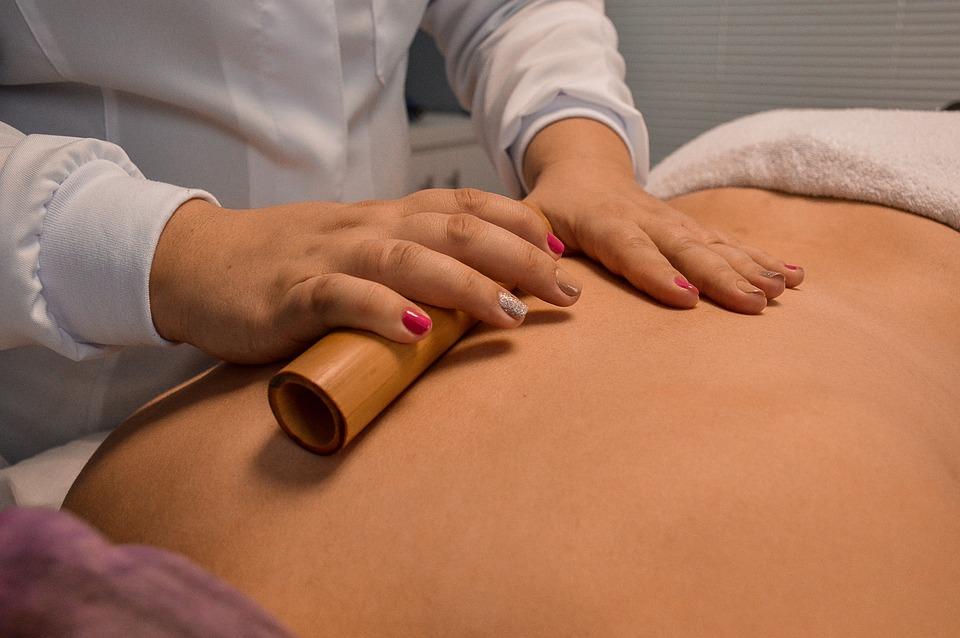Hellerwork
Using the hellerwork, a bodywork approach to wellness, the practitioner creates a progressive, structural treatment that helps the patient to heal, learn, and grow. Similar to Rolfing, this approach is very powerful and focused, optimizing structure to heal and improve health.
This is a great approach to wellness and healing for all ages and body types. However, there are some things to remember before using this treatment approach.
It’s a powerful, focused approach to health through optimizing structure
Using a combination of technology and science, Hellerwork (not to be confused with the pseudoscience of physiotherapy) can deliver a host of benefits. For example, it can be a fun and rewarding experience for people of all ages and fitness levels.
It can also improve posture and breathing. In fact, it is said that it can even reduce stress. Both hypertension and cholesterol levels may be lowered with hellerwork.
As a bonus, Hellerwork has been credited with improving a host of medical conditions, including chronic pain. While there are numerous reasons for which to champion Hellerwork, the most compelling is that it can improve the quality of life.
Related Article: Benefits Of Rebirthing Therapy
Hellerwork Therapy is as much educational as it is therapeutic
Founded by Joseph Heller, It is a multi-level educational experience. It combines dialogue, movement education, body centered therapeutic coaching, and deep tissue massage to create a holistic approach to health and wellness. Hellerwork therapy aims to help the client develop new physical awareness.
Hellerwork therapy proceeds from the ground up, peeling away layers of fascia one at a time. Fascia is a plastic like sheath of connective tissue that weaves throughout the body.
It can harden in response to periodic physical trauma or ongoing physical stresses. The Hellerwork therapy method focuses on releasing fascia stress, restoring a balance between the masculine and feminine, and teaching new movement options.
Hellerwork massage is uncomfortable and painful
Developed by Joseph Heller, it is a form of bodywork that focuses on restructuring the body to relieve tension. The process combines deep tissue bodywork and movement education.
During a session, a Hellerwork Practitioner works on a specific area of the body using deep manual pressure. This helps to relieve tension in the connective tissues, which are often tense and stiff. The practitioner then helps to stretch the fascia back to its original position, which allows the body to feel more relaxed and free.
It is a holistic healing approach that combines bodywork, movement education, and spiritual elements. It helps to correct imbalances that may have resulted from a physical injury, a physical habit, or emotional stress.

It’s a progressive process
Developed in the late 1970s by aerospace engineer and later bodywork enthusiast Joseph Heller, it is a progressive therapy that combines a number of somatic techniques, mainly in the form of massage, in order to reduce pain and restore overall health.
While Hellerwork sessions may be short in duration, they can have long-lasting effects. The benefits of a session may include improved muscle coordination and range of motion, reduced headaches, and improved sleep patterns.
Although many practitioners are not overly enamored with the whole process, it is a useful tool for those looking for relief from physical pain or discomfort. The main purpose of the process is to reduce tension in the body, improve overall health, and help a client gain new insight into their body’s functioning. A trained practitioner facilitates the process.
Related Article: Somatic Breathwork
Hellerwork & Rolfing
Developed in the 1970s, it is an approach to bodywork similar to Rolfing. Both use deep tissue massage and movement instruction to release tension and realign the body.
Hellerwork emphasizes movement re-education, self awareness dialogue, and structural alignment. This approach aims to realign the body, increase flexibility, and increase energy.
Rolfing and Hellerwork are different, however. Hellerwork uses verbal dialogue and movement instruction to identify lifestyle habits, emotional mindsets, and other factors that contribute to discomfort. The goal is to empower clients to be responsible for their own lives.
In Rolfing, the practitioner re-arranges the body in gravity. The resulting changes in posture can be dramatic. Clients are expected to participate and help the practitioner identify and release underlying causes of tension.
Related Article: Rolfing Massage
